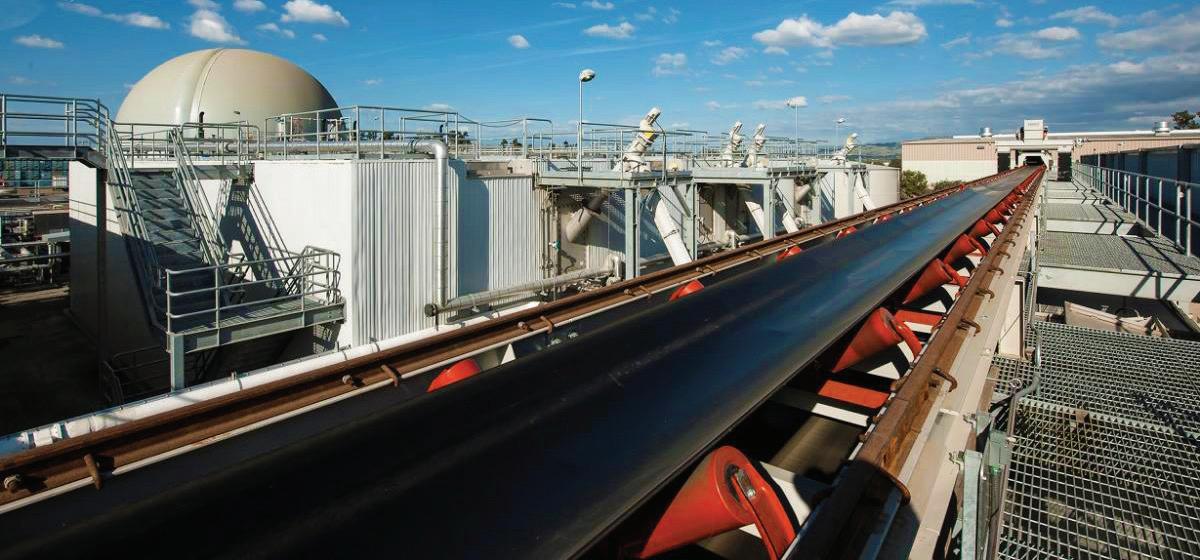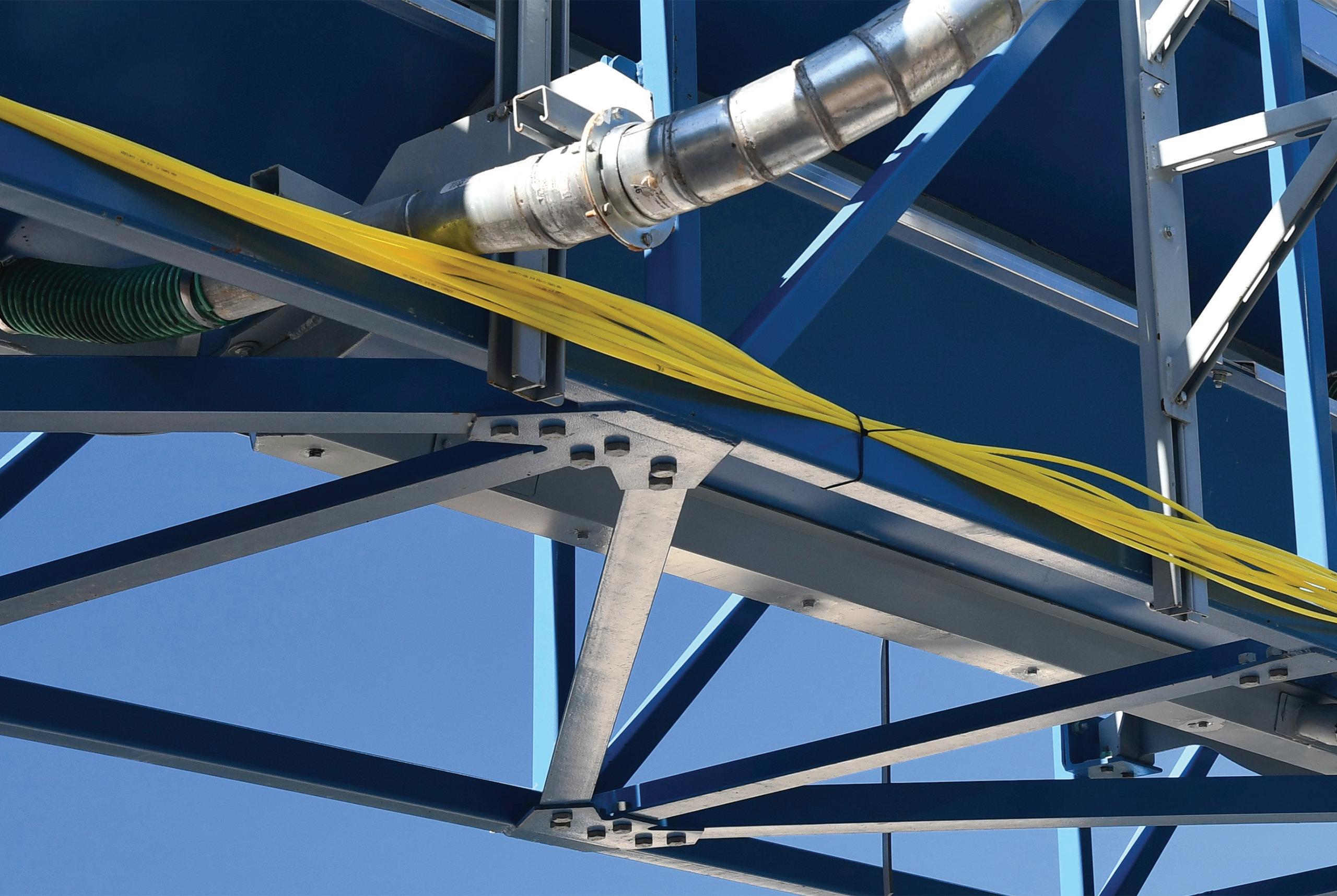The Environmental Impact of Wood Pellet Electricity BY JENNIFER JENKINS
Earlier this summer, Enviva was pleased to share a new piece of peer-reviewed research conducted by the team at Boundless Impact Investing, an independent research firm specializing in climate analytics for investors. At the request of one of our largest unitholders, Boundless initially engaged with Enviva in the summer 2019 to begin to understand the carbon impact of wood pellet energy, as well as the sustainability of Enviva’s supply chain. We found their work to be of such high quality that we asked them to conduct a deeper dive that could illustrate this more rigorous approach to carbon accounting, and to enable this research to be peer reviewed and shared widely. We are delighted to share their independent work. As part of this research, Boundless used recent peer-reviewed literature on the greenhouse gas (GHG) impacts of wood pellets to create a life cycle analysis of GHG emissions from the wood pellet supply chain. They compared the performance of electricity generated using wood pellets versus other fuels such as coal and natural gas, examined Enviva’s supply chain in the U.S. Southeast, and conducted an analysis of the U.K., German, and Japanese power sectors to understand the overall impact of bioenergy on meeting country-level GHG targets. Boundless’s entire piece is important, but the following are some highlights regarding three key facts from the report. For steady-state working forests, you get the same net climate impact result no matter what assumptions are used for carbon accounting. The bottom line is this: crediting biogenic carbon uptake prior to combustion (i.e., the conventional approach applied in regulatory practice, where stack emissions are set to zero
6 BIOMASS MAGAZINE | NOVEMBER/DECEMBER 2020
as long as the biomass is sourced from a region with stable or increasing carbon stocks) yields the same result for working forests as the carbon-debt accounting approach in which a debt is assigned at the time of combustion and is paid back as the forest regrows. Renewable, baseload bioenergy enables the renewable electric grid. Solar and wind energy are important parts of the overall transition to a renewable energy grid, but these renewable sources are intermittent, meaning they don’t produce power during times of the day or year when the wind doesn’t blow or sun doesn’t shine. Boundless found that we can balance the electricity grid with biomass to provide stability for other renewable sources of energy. The carbon benefits of good biomass are clear. Boundless is careful to explain that its analysis is limited to the specific case of wood sourced sustainably as a by-product of a traditional timber harvest where the land returns to forested use, from a region with stable or increasing forest carbon stocks. In this we agree, of course—not all biomass is good biomass. Biomass is essentially a natural storage vessel for energy from the sun. Trees from working forests are continuously recycling carbon from the atmosphere to trees and back. In contrast, fossil fuels represent a one-way trip for carbon from geologic storage to the atmosphere. As long as the requirements for good biomass are met, we can mitigate GHG emission by substituting bioenergy for fossil fuels. Contract: Jennifer Jenkins Vice President and Chief Sustainability Officer, Enviva www.envivabiomass.com info@envivabiomass.com







